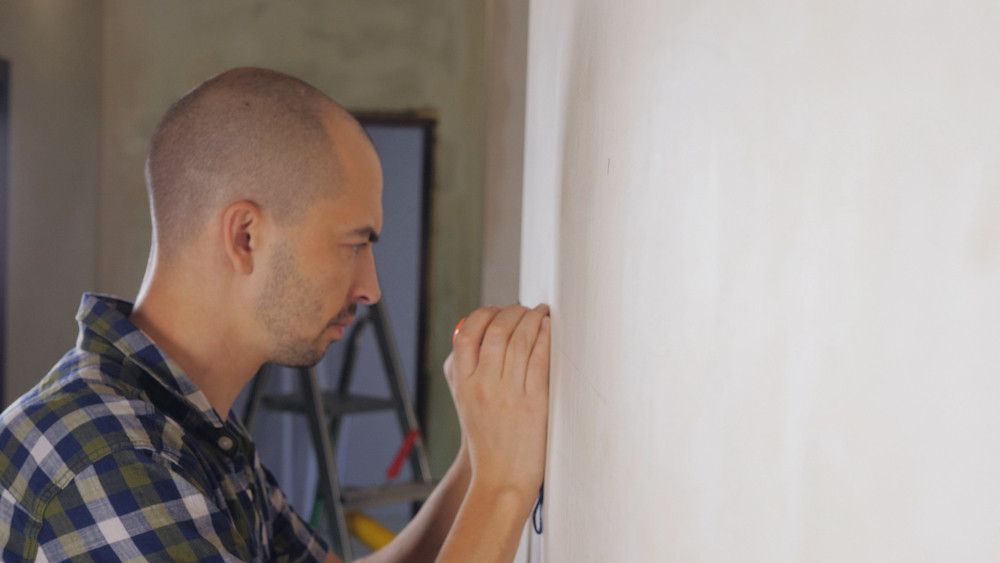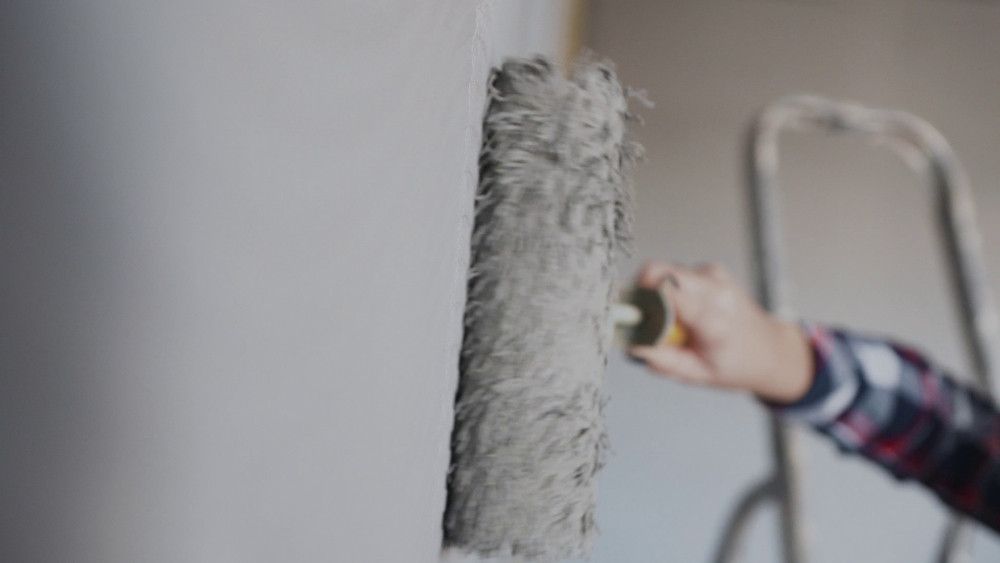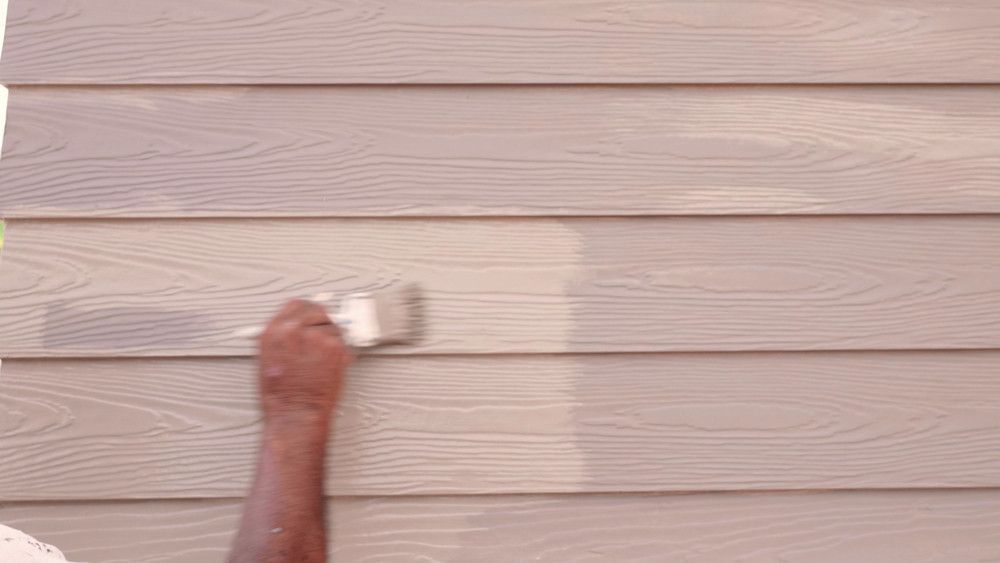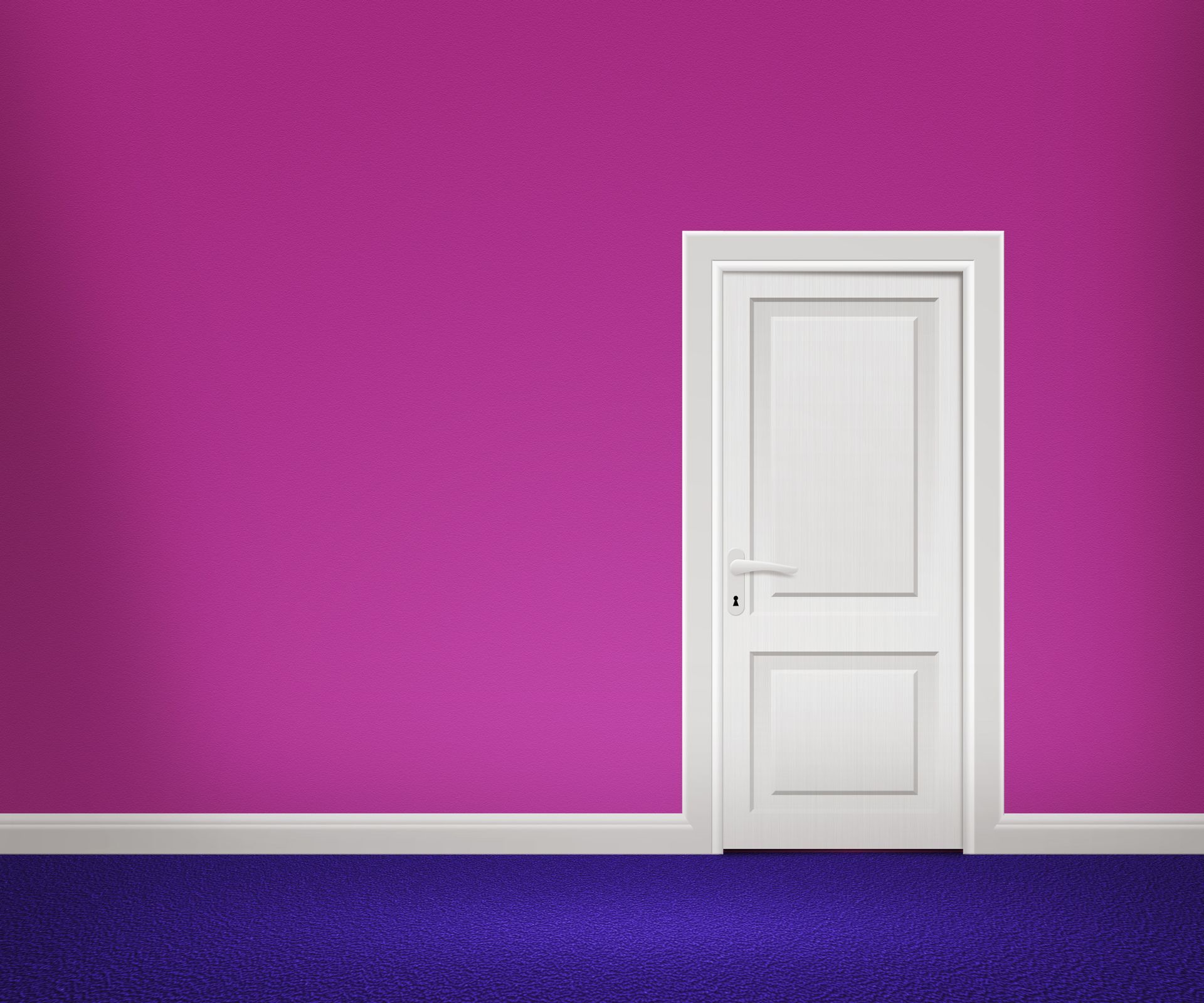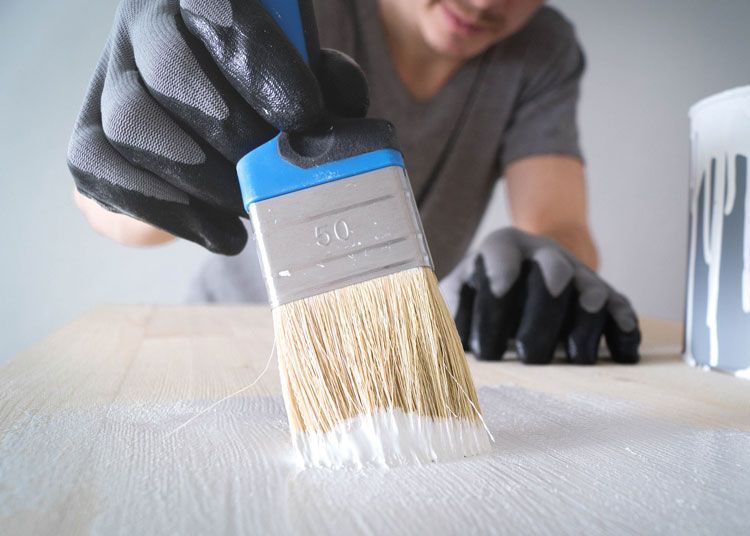Important Things You Didn't Know About Prepping For Painting a House
Painting your home is a great way to revitalize it and make it a space that is uniquely your own. However, interior house painting is more than just slapping color on your walls. It takes a lot of preparation, and you should expect to spend between 30 to 50% of your time on proper prepping. Most painting failures are due to poor surface preparation, and this is something you want to avoid at all costs. Fortunately, it doesn't have to be hard to do.
1. Preparing Your Canvas
Before starting any interior house painting, you'll need to prep your walls and the room that you're in. This includes moving as much furniture as you can and thoroughly covering the pieces that you can't. You will also need to wipe your walls to ensure that there is no dust, dirt, or oil built up. While you may not be able to see these things with your eyes, they can seriously ruin your paint if not removed.
If you have any nail holes or cracks, you should fill these with spackling, as well as use painter's tape to tape up the areas you don't want to paint over. While all of this can take time to do, it's well worth it to ensure that your painting lasts as long as possible and looks as professional as possible.
2. Test Your Color
The last thing you want to do is paint an entire room only to discover that the color isn't what you wanted. Paint a small section first and observe how the color looks once dry and in different lighting. You may even want to consider investing in a few different sample colors just to determine which you like better once it is actually in your space.
Pay Attention To Finishes
Going hand-in-hand with paint colors are different finishes. For example, interior house painting finishes usually range from high gloss to matte, and finding the right balance is very important. While high gloss paints are often easier to clean, they can make imperfections stand out more. That said, they are useful in areas that see a lot of wear, such as bathrooms or kitchens.
On the other hand, matte colors, while chic, are more difficult to clean, making them better for ceiling or rooms without a lot of traffic. Satin finishes, two levels above matte, are the most popular and provide more sheen and easier cleaning, something that gives this finish more versatility. Take care when choosing which finish is best for each room in your house so that you can get the most longevity out of it as possible.
Interior house painting is a process, and it is something that requires a lot of planning and prepping before getting started. Thankfully, with these tips in mind, you can start your painting project like a pro and create an interior space that you'll love.
Share:
Search:
Recent Posts

